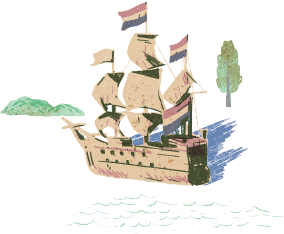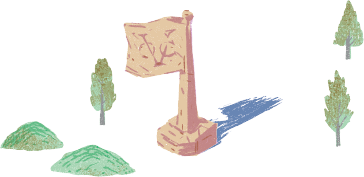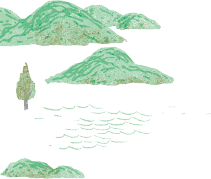
In 1542, amazed by the beauty of Taiwan, the Portuguese named it “Ilha Formosa.”
In 1624, the Vereenigde Oostindische Compagnie (VOC) arrived in Taiwan, and began its 38 years of colonial rule.
This is what we are first taught in Taiwan school education.
In fact, before foreign political powers arrived in Taiwan, our indigenous peoples had already built their own cultures.
 The brave Kingdom of Tjaquvuquvulj fought to resist the Netherlands military and administered south of the Central Mountain Range.
The brave Kingdom of Tjaquvuquvulj fought to resist the Netherlands military and administered south of the Central Mountain Range.
The Seqalu people who were mastered in witchcraft migrated to the 18 Indigenous Communities in Lonckjau of Southern Taiwan, and got married to Paiwan people.
Known as the “Kingdom of Middag,” the Tatuturo Confederation controlled Central Taiwan and bravely fought against the force of Koxinga.

The political power of each indigenous group owned authentic ruling power, and in international diplomacies, they defended the integration of their homelands.
 However, with the time, indigenous peoples were forced to wander on their own lands.
However, with the time, indigenous peoples were forced to wander on their own lands.
We are in a continuous search for our lands and memories.

Taiwan's confederation era presents us with an image of spacious land, beautiful nostalgia, and the returning roots of indigenous peoples.
Note: Pinuyumaqan means the “Confederation” of Paiwan People.



